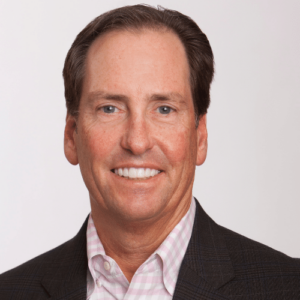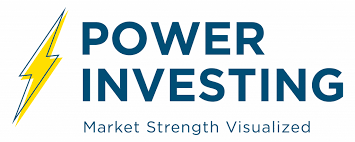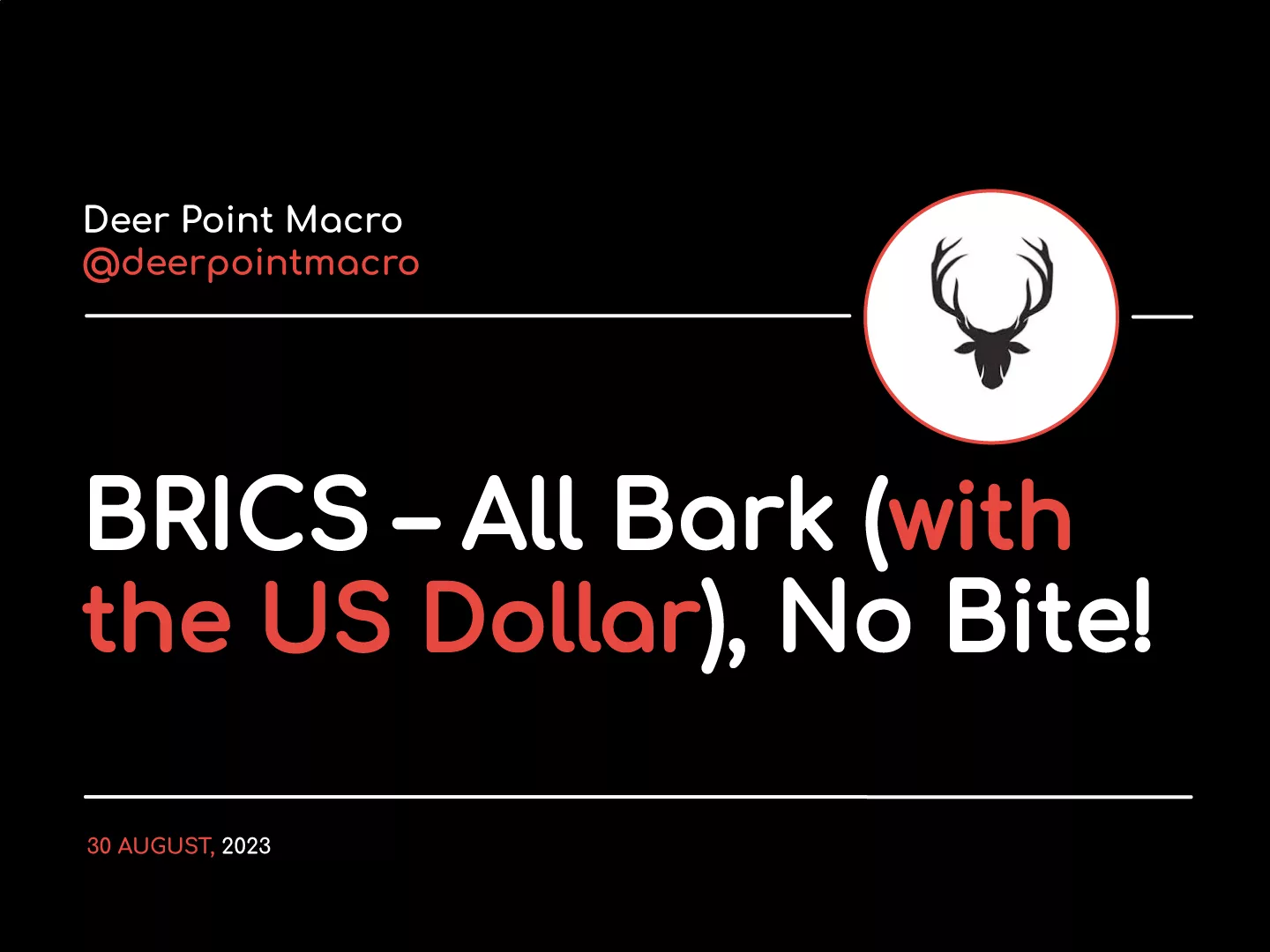Making Hay Monday – October 23rd, 2023

Making Hay Monday
High-level macro-market insights, actionable economic forecasts, and plenty of friendly candor to give you a fighting chance in the day’s financial fray.
Blinded By The Flight

“It turns out that sending checks to voters is an effective macro stimulant and politically popular. Who could have guessed? That lesson won’t soon be forgotten.” -Gerard Minack, author of Down Under Daily
“It’s discouraging how hard it is for a President to slice away large chucks of a $305 billion budget.” -Former U.S. President Gerald Ford in the 1970s (today that budget would need to have a zero added to it and then nearly doubled)
Please accept my apologies for running two Guest Making Hay Mondays in a row, but the Haymaker is on a much-needed vacation. As usual, Mrs. Haymaker is with me and she’s the star of this holiday. We are one of those rare couples who share the same birthday. Ours is on Halloween-eve, otherwise known as October 30th. However, one of us is two years older than the other. In this case, the better part of marital valor is for me not to point out which of us is the eldest. But suffice to say that it’s a VERY big birthday for my significantly better half.
Pinch-hitting for me this week is Anatole Kaletsky, founder of our partner firm GaveKal. Like me, he’s been increasingly worried about dysfunction in the longer-term part of the U.S. Treasury (UST) market. Due to the extreme weakness in what is the world’s most important asset class, he’s wondering if it isn’t time to move to the buy-side. Also simpatico with me, he’s concluding not quite yet.
Unquestionably, long USTs are deeply oversold presently, creating the conditions for a muscular counter-trend rally (prices up, yields down). In fact, this is what happened earlier this month when they were similarly stretched to the downside as their yield erupted up to the psychologically significant level of 5%. This was followed by a quick mini-rally that pushed their yield back down near 4.57%, a meaningful decline in a short period of time. As is typical of bear market rallies, though, it didn’t last long. Within a couple of weeks, the yield on the 10-year T-note — arguably, the planet’s most crucial interest rate — was right back knocking on the 5% door. In fact, the 30-year UST decisively shattered resistance at 5%, making a 16-year high in the process.
As most Haymaker readers hopefully are aware, my 4F scenario — a Federal Fiscal Funding Fiasco — has been one of my two overarching risks of this year, along with a bursting of the global housing bubble. Frankly, the second one hasn’t been such a great call, as I’ve previously admitted. In hindsight, I should have forewarned about an implosion in the worldwide real estate bubble. That one is more clearly unfolding. According to credible property experts in the Seattle area, apartment buildings have fallen 20% to 25% even on the affluent Eastside. More disturbing, one of Seattle’s most iconic office buildings is close to being sold at a 70% markdown from its 2019 sales price. As you may have seen, there are numerous transactions of office properties selling, or being foreclosed upon, as much as 80% below their high-water marks of just a few years ago.
This feeds into one of my other dominant fears that the most recent banking crisis isn’t over. Small- and mid-sized banks are particularly vulnerable, as they hold roughly half of all commercial mortgages. Of course, they’ve also been absolutely smoked on their extensive holding of allegedly riskless government bonds.
Regardless, my repeated warnings about severe dislocations in the UST market have been resoundingly realized. Hopefully, a large number of readers took protective action against that outcome. At this point, it is reasonable to be pondering when it makes sense to flip to the other side. That could be right now but, as Anatole postulates, further downside is probable. This strikes me as particularly likely considering how exposed both retail and institutional investors are to long-duration U.S. government debt.
Should the yield surge accelerate from here, the spillover to the stock market is likely to be intense. Hopefully, conditions will stay orderly, but it’s not a bad idea to be on-guard for a much less benign scenario. A frenetic flight from the UST market would truly be a flashback to October 1987. That month’s collapse blinded millions of former stock bulls toward the plethora of bargains that nearly overnight free-fall created. Many stayed out of the market for years thereafter, similar to what happened in the wake of the 2008-2009 Global Financial Crisis. Don’t let what might be exploding volatility cause you to lose sight of what could be the best buying opportunity since the depths of the Covid crisis.
David “The Haymaker” Hay
P.S. For our Founding Members, we are still planning to run a mid-week premium content piece. However, our Presentation + Q/A webinar (which was tentatively scheduled for this week) will take place at some point next month; we’ll essentially be hosting one event for both October and November on account of the birthday trip this month and the Thanksgiving holiday next. (We will probably wrap-up the year with a final webinar a week or so before Christmas.)
To all standard-paid and non-paid readers, consider upgrading to Founding Member status for invitation-only access to these monthly webinars. It’s a great way to get direct market insights and enjoy some face-to-face dialogue with the Haymaker himself!

Evergreen Compatibility Survey

Give Me US Treasuries, But Not Yet
–Anatole Kaletsky
Now that all bond maturities across the US yield curve have traded with a 5% handle, has the time finally arrived for fixed-income investors to extend duration? Should unconstrained portfolios even consider buying some long-term bonds? Spoiler alert: at the end of this note my answer is “not yet”, but probably within the next month or two, when I think US 10-year yields will peak (temporarily) around the level of the Fed funds rate (5.25%-5.5%).
US inflation may not return to the Federal Reserve’s 2% target until at least 2025
My reasoning, which I have been presenting all (this) year in webinars and client meetings, can be summarized in the following four points:…
Subscribe to Haymaker to read the rest.
Become a paying subscriber of Haymaker to get access to this post and other subscriber-only content.
A subscription gets you:
| Subscriber-only posts and full archive | |
| Post comments and join the community |

IMPORTANT DISCLOSURES
This material has been distributed solely for informational and educational purposes only and is not a solicitation or an offer to buy any security or to participate in any trading strategy. All material presented is compiled from sources believed to be reliable, but accuracy, adequacy, or completeness cannot be guaranteed, and David Hay makes no representation as to its accuracy, adequacy, or completeness.
The information herein is based on David Hay’s beliefs, as well as certain assumptions regarding future events based on information available to David Hay on a formal and informal basis as of the date of this publication. The material may include projections or other forward-looking statements regarding future events, targets or expectations. Past performance is no guarantee of future results. There is no guarantee that any opinions, forecasts, projections, risk assumptions, or commentary discussed herein will be realized or that an investment strategy will be successful. Actual experience may not reflect all of these opinions, forecasts, projections, risk assumptions, or commentary.
David Hay shall have no responsibility for: (i) determining that any opinion, forecast, projection, risk assumption, or commentary discussed herein is suitable for any particular reader; (ii) monitoring whether any opinion, forecast, projection, risk assumption, or commentary discussed herein continues to be suitable for any reader; or (iii) tailoring any opinion, forecast, projection, risk assumption, or commentary discussed herein to any particular reader’s investment objectives, guidelines, or restrictions. Receipt of this material does not, by itself, imply that David Hay has an advisory agreement, oral or otherwise, with any reader.
David Hay serves on the Investment Committee in his capacity as Co-Chief Investment Officer of Evergreen Gavekal (“Evergreen”), registered with the Securities and Exchange Commission as an investment adviser under the Investment Advisers Act of 1940. The registration of Evergreen in no way implies a certain level of skill or expertise or that the SEC has endorsed the firm or David Hay. Investment decisions for Evergreen clients are made by the Evergreen Investment Committee. Please note that while David Hay co-manages the investment program on behalf of Evergreen clients, this publication is not affiliated with Evergreen and do not necessarily reflect the views of the Investment Committee. The information herein reflects the personal views of David Hay as a seasoned investor in the financial markets and any recommendations noted may be materially different than the investment strategies that Evergreen manages on behalf of, or recommends to, its clients.
Different types of investments involve varying degrees of risk, and there can be no assurance that the future performance of any specific investment, investment strategy, or product made reference to directly or indirectly in this material, will be profitable, equal any corresponding indicated performance level(s), or be suitable for your portfolio. Due to rapidly changing market conditions and the complexity of investment decisions, supplemental information and other sources may be required to make informed investment decisions based on your individual investment objectives and suitability specifications. All expressions of opinions are subject to change without notice. Investors should seek financial advice regarding the appropriateness of investing in any security or investment strategy discussed in this presentation.
20231023











